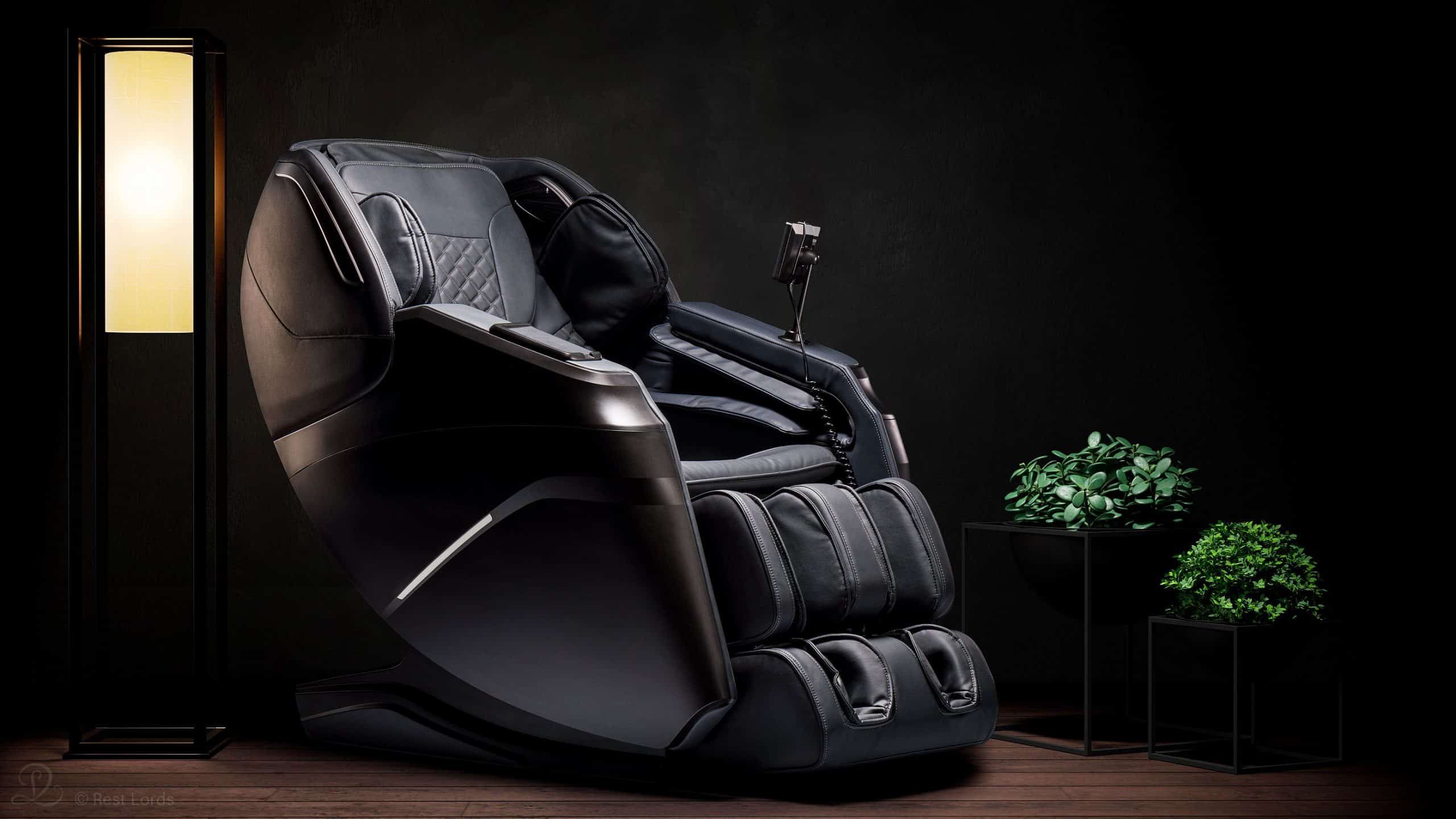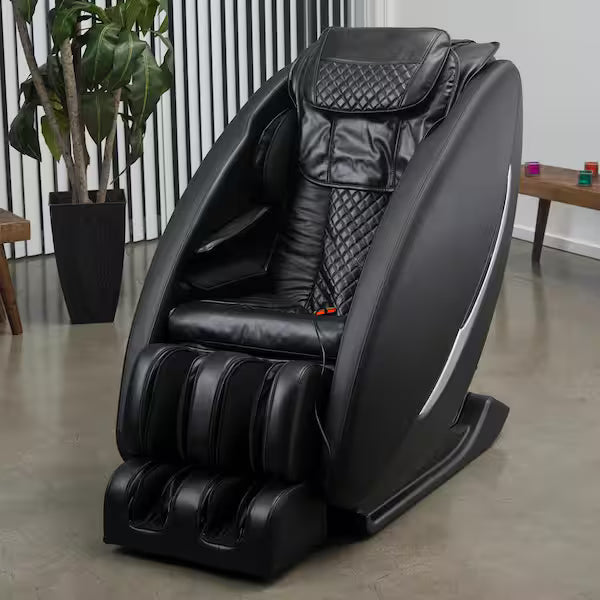The future of furniture: Will massage chairs become the new sofa?

The Future of Furniture: Will Massage Chairs Become the New Sofa?
Introduction: A Shifting Definition of Comfort
Furniture has always reflected cultural values, technological advancements, and lifestyle habits. From ornate wooden benches in ancient palaces to plush sectional sofas in modern living rooms, the evolution of furniture tells a story about how humans define comfort. But in the 21st century, a surprising contender has entered the conversation: the massage chair. Once seen as a luxury reserved for spas, hotels, or high-end homes, massage chairs are now becoming more affordable, more stylish, and more integrated into daily life.
This shift raises a provocative question: Will massage chairs become the new sofa? Could the centerpiece of our living rooms transition from a simple seating arrangement into a multifunctional health and relaxation hub? To answer this, we must explore consumer behavior, design innovation, technological integration, and cultural expectations for the future of furniture.
Section 1: The Historical Role of the Sofa
The sofa has long been the anchor of family life and social gatherings. Whether it’s movie nights, conversations with friends, or lazy Sunday naps, the sofa symbolizes connection and relaxation. Its purpose has primarily been static comfort—a soft place to sit or lie down.
In the 20th century, the sofa became more than just furniture; it became a lifestyle symbol. Mid-century modern sofas reflected sleek sophistication, while oversized sectionals reflected a shift toward casual family life. Yet despite design evolution, sofas remained essentially the same: upholstered seating with no built-in health or wellness benefits.
Section 2: The Rise of Massage Chairs
Massage chairs emerged in the late 20th century as technological marvels, marketed as tools for relaxation, recovery, and luxury. Early models were bulky and lacked style, which limited their acceptance in everyday homes. They were perceived as medical devices or indulgent accessories rather than true replacements for living room furniture.
But in recent years, everything has changed. Manufacturers have invested heavily in design, making massage chairs sleeker, customizable, and indistinguishable from premium recliners. At the same time, consumers are more health-conscious than ever, with stress relief, posture correction, and self-care rising to the top of household priorities.
This combination of design evolution and wellness demand has made massage chairs viable contenders to replace—or at least rival—the sofa.
Section 3: Technology as the Game-Changer
Modern massage chairs go far beyond basic vibration or rolling features. They now integrate:
-
AI-driven personalization: Scanning the body and customizing massage routines.
-
Zero-gravity recline: Inspired by NASA, reducing spinal pressure and improving circulation.
-
Heat therapy: Targeted warmth to relieve tension and promote relaxation.
-
Bluetooth speakers and smart connectivity: Syncing with music, apps, or even home assistants.
-
Space-saving design: Forward-sliding mechanisms that fit into smaller apartments.
Such features transform massage chairs from simple “comfort devices” into health technology hubs. By comparison, most sofas remain inert, offering only fabric and cushions.
Section 4: Changing Consumer Lifestyles
The shift toward wellness, remote work, and holistic living accelerates the adoption of massage chairs. Consider these trends:
-
Work-from-home culture: People spending long hours sitting need ergonomic solutions that relieve stress and improve circulation.
-
Preventive healthcare: Rather than waiting for injuries, consumers are investing in tools that support long-term well-being.
-
Luxury as accessibility: As technology becomes mainstream, what was once a luxury item is now affordable to middle-class households.
-
Space-conscious living: In urban apartments, a single piece of multifunctional furniture is more appealing than multiple static ones.
In this landscape, the idea of a sofa that does nothing feels increasingly outdated.
Section 5: Massage Chairs vs. Sofas – A Comparison
| Feature | Traditional Sofa | Massage Chair |
|---|---|---|
| Comfort | Passive cushioning | Active comfort with massage, heat, and recline |
| Aesthetics | Wide variety of designs | Modern designs catching up |
| Health Benefits | Minimal | Stress relief, posture support, circulation |
| Social Use | Seats multiple people | Usually seats one |
| Technology | None | Smart features, AI, Bluetooth |
| Investment | Moderate | Higher upfront, but long-term benefits |
This comparison reveals the core challenge: massage chairs excel in function but lag in multi-person social seating. Until manufacturers address that, sofas will still dominate family and group settings.
Section 6: Can Massage Chairs Replace the Sofa?
The big question isn’t just whether massage chairs are better than sofas—it’s whether they can take over the sofa’s role as the heart of the living room. Several factors determine this possibility:
-
Social dynamics: Families and guests want to sit together. If massage chairs evolve into multi-seater designs, the gap may close.
-
Design innovation: Some brands are experimenting with sofa-style massage couches, combining wellness and communal seating.
-
Price accessibility: As costs fall, adoption will spread globally.
-
Cultural acceptance: In wellness-driven societies, massage chairs may become as normal as recliners.
In places like Japan, South Korea, and even Southeast Asia, massage chairs are already common household items. In Western markets, adoption is slower but growing.
Section 7: The Role of Regional Markets
One fascinating element of this shift is how different regions adopt massage chairs. For example, in Asia, massage is deeply embedded in culture, making massage chairs a natural extension of tradition. In contrast, Western households historically prioritize aesthetics over function in living room furniture.
Emerging markets like Cambodia, Thailand, and Vietnam are showing growing demand for affordable, high-quality massage chairs. With rising middle-class populations and a focus on wellness, these markets could leapfrog traditional sofa dominance and embrace massage chairs earlier. For instance, businesses promoting Massage chair Cambodia products are already noticing increased household adoption, particularly among young professionals and wellness-conscious families.
Section 8: Massage Chairs as Lifestyle Statements
If sofas once symbolized family bonding, massage chairs may come to symbolize self-care and modern living. In a society where stress, long work hours, and digital fatigue dominate daily life, investing in personal wellness becomes not just a luxury but a necessity.
Imagine a living room where the central furniture doesn’t just support conversations but actively improves your body and mind. In such a world, massage chairs represent a future-oriented lifestyle choice, bridging the gap between health and relaxation.
Section 9: Hybrid Furniture – The Next Frontier
Perhaps the future doesn’t demand choosing between sofas and massage chairs. Instead, hybrid designs may merge the two. Already, we see prototypes of sofa-style massage chairs with multiple seating sections, embedded massage rollers, and shared recline functions.
These designs could transform group relaxation experiences—family movie nights where everyone enjoys personalized massage settings at once. When that becomes mainstream, the line between sofa and massage chair may dissolve completely.
Section 10: The Psychological Shift
Adopting massage chairs as mainstream furniture requires more than technology; it requires a psychological shift. For decades, people associated sofas with togetherness and massage chairs with individual indulgence. Breaking this association will take time, but generational shifts in values are already helping.
Millennials and Gen Z prioritize wellness, self-care, and mental health more openly than previous generations. For them, a living room centered around a massage chair is not strange—it’s aspirational.
Section 11: Challenges to Mainstream Adoption
Despite the momentum, challenges remain:
-
Cost: Premium massage chairs can cost thousands, although prices are dropping.
-
Aesthetics: Some models still look bulky or “medical.”
-
Space: Not all households have room for both sofas and massage chairs.
-
Social fit: Multiple users at once remain a limitation.
Brands must innovate in affordability, style, and multi-user design to overcome these barriers.
Section 12: Business and Market Implications
If massage chairs begin to rival sofas, entire industries could shift:
-
Furniture retailers would expand offerings beyond static sofas.
-
Interior designers would plan living spaces around multifunctional wellness furniture.
-
Healthcare providers might recommend massage chairs as part of preventive therapy.
-
Hospitality and entertainment spaces (cinemas, airports, coworking lounges) may integrate massage seating as standard.
This could create a global market where Massage chair Cambodia businesses thrive by balancing luxury, affordability, and cultural fit.
Section 13: A Global Perspective
In the U.S., sofas remain king, but wellness furniture is gaining traction. In Asia, massage chairs are almost mainstream. In Europe, design-focused consumers may push brands to merge aesthetics with wellness. For Cambodia and similar markets, rapid adoption is possible as wellness culture blends with rising disposable incomes.
The furniture future may not look uniform worldwide—but the trajectory is clear: massage chairs will no longer be niche.
Section 14: What Consumers Should Expect
In the coming decade, expect to see:
-
More affordable models with high-end features.
-
Compact designs suitable for small apartments.
-
Shared seating massage sofas for families.
-
Smart integration with health-tracking apps and wearable devices.
-
Subscription models where households rent instead of purchase.
Consumers in regions like Cambodia will see expanded availability, with Massage chair Cambodia products tailored for local preferences and price ranges.
Section 15: Conclusion – A Redefined Future of Comfort
So, will massage chairs truly replace the sofa? The answer may not be a simple yes or no. Instead, the future of furniture points toward convergence. Massage chairs will continue to evolve into stylish, multifunctional pieces that rival traditional sofas in comfort and aesthetics. They may not entirely erase the sofa from homes, but they will redefine the role of central living room furniture.
In the near future, households might look different: a wellness-first design where massage chairs or hybrid sofa-massage systems dominate. The message is clear—comfort is no longer passive. It is active, health-oriented, and deeply personal.
For markets like Cambodia, this evolution is already underway, with companies championing Massage chair Cambodia offerings that reflect both tradition and modernity. What was once a luxury is becoming the everyday definition of comfort.












